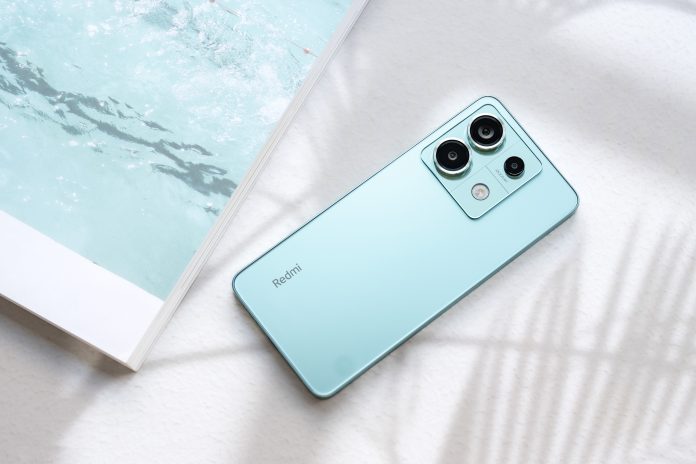Xiaomi is back with another batch of low-cost Redmi phones to entice budget-conscious shoppers.
There are five Redmi Note 13 devices in total: the 13 4G, 13 5G, 13 Pro 4G, 13 Pro, and 13 Pro+, all of which are available in the UK (but not the US, as usual).
Overall, it’s more of the same from Xiaomi, with outstanding design and specs at cheap to midrange rates.
I’m evaluating the Pro variant, which is comparable to its predecessor, the Redmi Note 12 Pro, but with a move from a MediaTek to a Qualcomm chipset, a 200Mp primary camera, and twice the storage.
The phone is yours for £339, so let’s see if it’s worth your money.
Design & Build
- Similar design
- Now IP54
- Three colourways
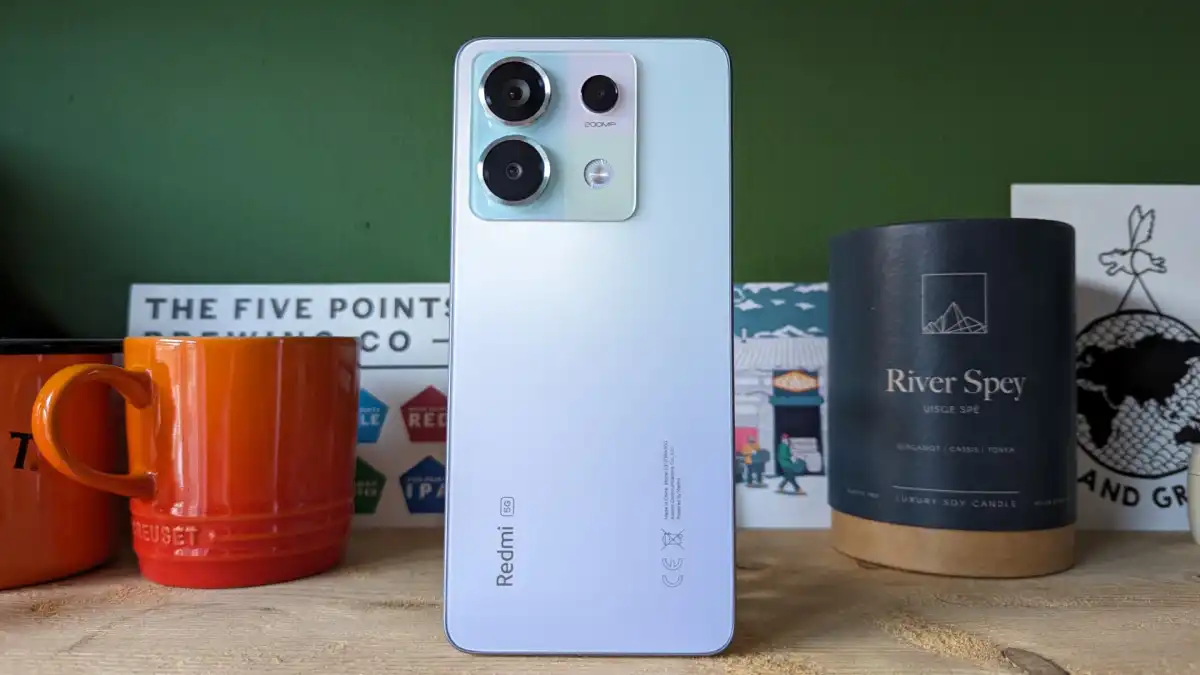
The first is an upgrade to Gorilla Glass Victus (from 5) on the front. It’s also glass on the back, albeit the type is unknown. Xiaomi has also added a shock-absorbing layer and reinforced the frame corners.
I haven’t dropped the phone while testing, but it’s undoubtedly stronger than the Redmi Note 12 Pro on paper. The protection rating is also significantly greater, at IP54 rather than IP53, indicating that it is slightly better at repelling water, albeit it is not completely dustproof or waterproof.
Redmi phones have always looked good and the Note 13 Pro is no exception
The body is small at 7.98mm (so let’s call it 8mm) and weighs 187g, which is perfectly balanced, but I wouldn’t mind if it were lighter. Flat sides of the frame are popular these days, and a tiny bezel makes the phone easy to grip.
The camera module in the back yells “look at me” and is carefully placed this year into a beautiful square. The two main lenses are large, both in diameter and distance from the phone, however the included cover keeps the phone from wobbling on a flat surface.
These bundled cases tend to be transparent but it’s matt black here, which looks nice, but you can’t see the colour of the rear glass.
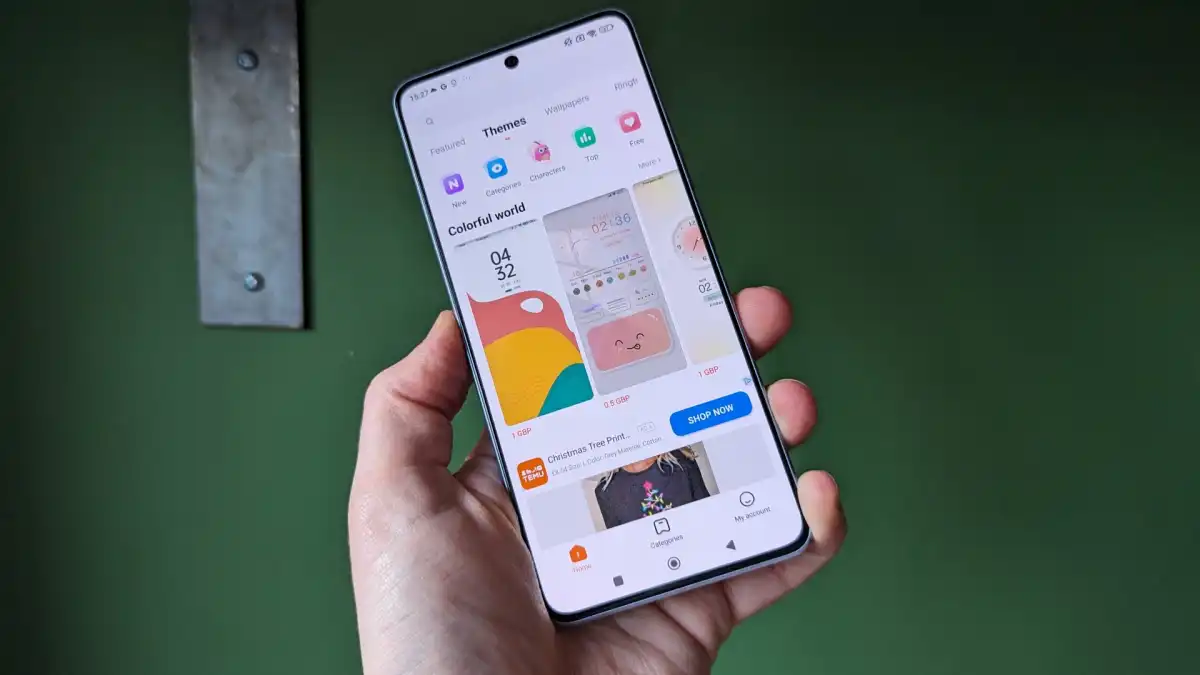
I have the Aurora Purple option on test, which varies as the phone travels and catches. Meanwhile, the camera module is divided into three pastel shades: blue, green, and pink. Personally, I like the Ocean Teal colorway, and Midnight Black seems significantly less mirror-like than its predecessor.
I also enjoy the matte coating on the back glass since it doesn’t collect fingerprints, although it’s pretty slippery to the touch.
Screen & Speakers
- Still 6.7in AMOLED
- 120Hz refresh rate
- Slightly higher resolution
The screen has remained mostly unchanged, with a 6.67-inch AMOLED panel and a refresh rate of 120Hz.
Xiaomi calls it CrystalRes, and there are some changes, such as a rise to 1.5K resolution (1220 x 2712), which results in a higher pixel density of 446ppi (up from 395ppi), and a thinner bezel around the screen, giving it a more premium appearance and feel.
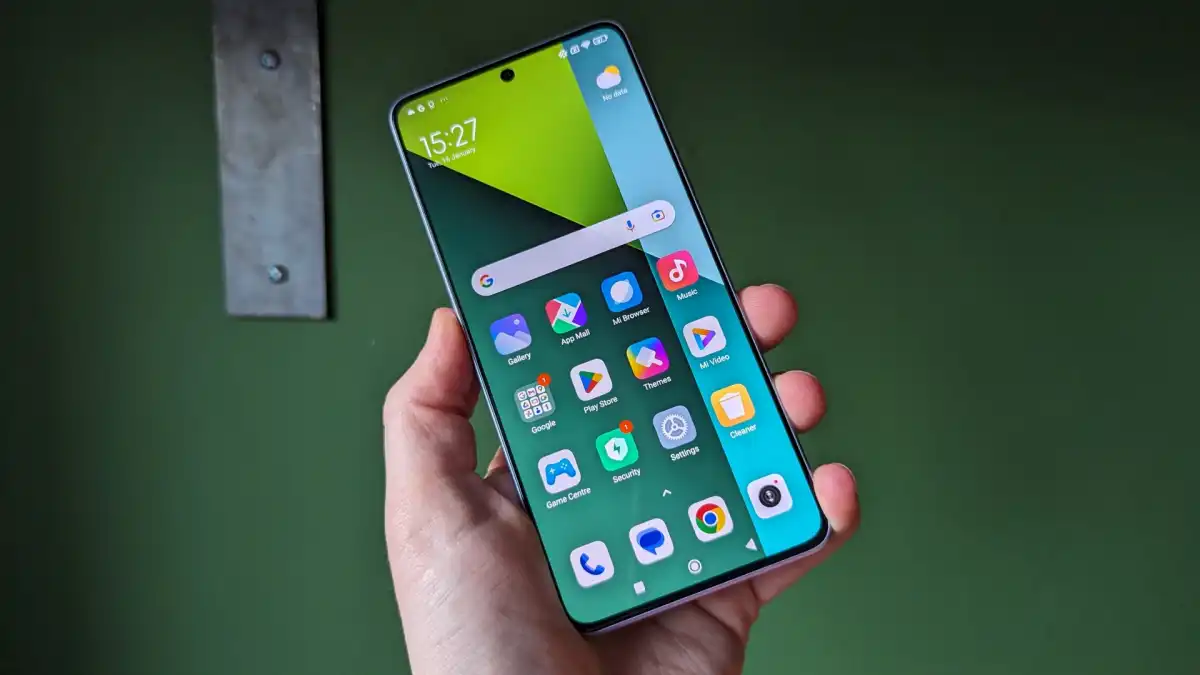
Peak brightness has reportedly risen to 1800 nits. The screen is certainly bright; I tested it at a fairly consistent 503 nits with automatic brightness turned off.
It’s quite sharp and colorful, so my only real gripe is that white can occasionally appear odd, either shimmering with small hints of color or with a green tinge. I suspect the latter is due to the factory-installed screen protector (which can be removed if desired), although even then, it is only visible from certain angles.
The screen is certainly bright…it’s nicely crisp and colourful
The refresh rate is set to a dynamic mode by default, so it will automatically adjust between 60- and 120Hz depending on what you’re doing. You may change it to either if you like, but there is no LTPO technology that automatically adjusts down to 1Hz to save battery life.
The fingerprint scanner has been relocated to the screen (it was previously located in the power button), and I wish Xiaomi had kept it as is, despite it seeming more expensive. The scanning area is a touch too low on the display for comfort, and I didn’t find it particularly dependable.
The stereo speakers of the Redmi Note 13 Pro support Dolby Atmos, which is enabled by default. I don’t think it adds much to phones, and the speakers are adequate for basic phone use but not very impressive.
The presence of a 3.5mm headphone port might be more thrilling, at least for certain users. A rarity these days, but a blessing for those looking to avoid Bluetooth headphones.
Specs & Performance
- Switch to Snapdragon 7s Gen 2
- Double the storage
- More RAM too
This year, Xiaomi moved from MediaTek to Qualcomm for the chipset of the Note 13 Pro, which now uses the Snapdragon 7s Gen 2.
This is combined with either 8GB or 12GB of RAM, depending on the storage amount you select. The former has 256GB of storage, which is twice as much as the entry-level Note 12 Pro and is fantastic, and there is also a 512GB model available.
Well, for some markets, as only the 8/256GB model is available in the UK. That’s a third more RAM than last year.
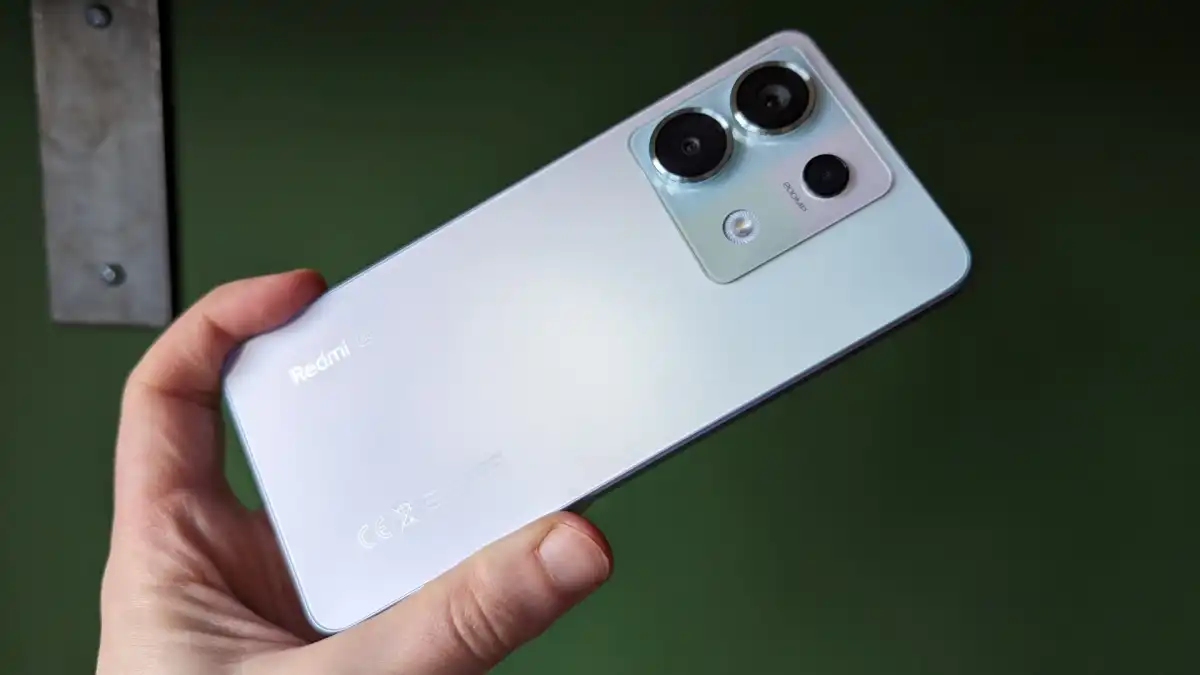
The Snapdragon is a comparable processor as the Redmi Note 12 Pro’s, so performance isn’t much different in practice, though some benchmarks are noticeably better.
I observed the occasional slowness, but it’s more a matter of getting the phone ‘warmed up’ when you first turn it on, and everything settles down soon. The transition between applications and gameplay is fast and quick.
Switching between apps and gaming is smooth and zippy
Redmi Note 13 Pro benchmarks
The Redmi Note 13 Pro offers more than just amazing core specifications and performance; it also supports Dual SIM (either two nano or paired with eSIM) and 5G connectivity.
There’s also dual-band WiFi (although weirdly dropped to WiFi 5 from 6), Bluetooth 5.2, NFC, and even an IR blaster that you can use to control gadgets like your TV – quite useful when you don’t know where your toddler has stashed the remote.
Cameras
- New 200Mp main camera
- 8Mp ultrawide and 2Mp macro remain
- 16Mp front camera
The big news in the photography category this year is an increase from a 50- to a 200-megapixel primary camera, which was previously reserved for the Redmi Note 12 Pro+. It’s an amazing figure, and the sensor has optical image stabilisation (OIS) and a very fast f/1.65 aperture.
Other than that, the trio of rear shooters remains mostly same, with an 8Mp ultrawide camera and a 2Mp macro lens rounding out the set.
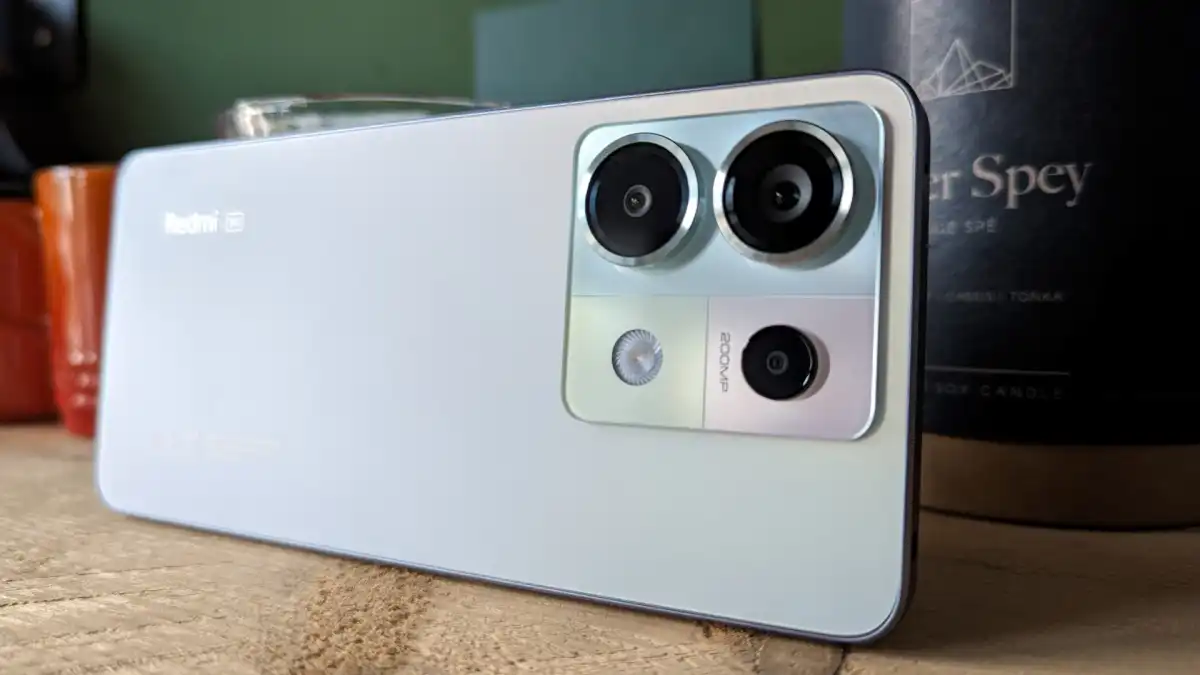
Let’s start with the primary camera because it’s the biggest update, and while you can shoot in 200Mp photos, you probably won’t want to, despite the increased capacity this year. The Redmi Note 13 Pro, like many other phones nowadays, uses pixel bins to combine 16 pixels into one to get a 12.5Mp output.
The key advantage is that the sensor can “suck in” more light, resulting in better results. So how does it perform? Overall, I thought the camera was adequate but not particularly noteworthy.
Photos look better on the phone but reveal imperfections when viewed on a larger display. Despite a good amount of detail, natural-looking colours and fast camera app, I found a lot of images weren’t particularly crisp, with the focus often slightly off in lower lighting.
I found the camera to be decent on the whole, but nothing to write home about
With no depth sensor, the portrait mode is dependent on software, and as you can see below, the phone struggles to detect where my dog stops and the railings behind begin.
Don’t get me wrong, some nice regular photos are achievable, but the experience is far from flawless as you start to examine closer.
The ultrawide camera is useful when you need to put more in, but the quality is poor, with identical focus concerns as the primary shooter.


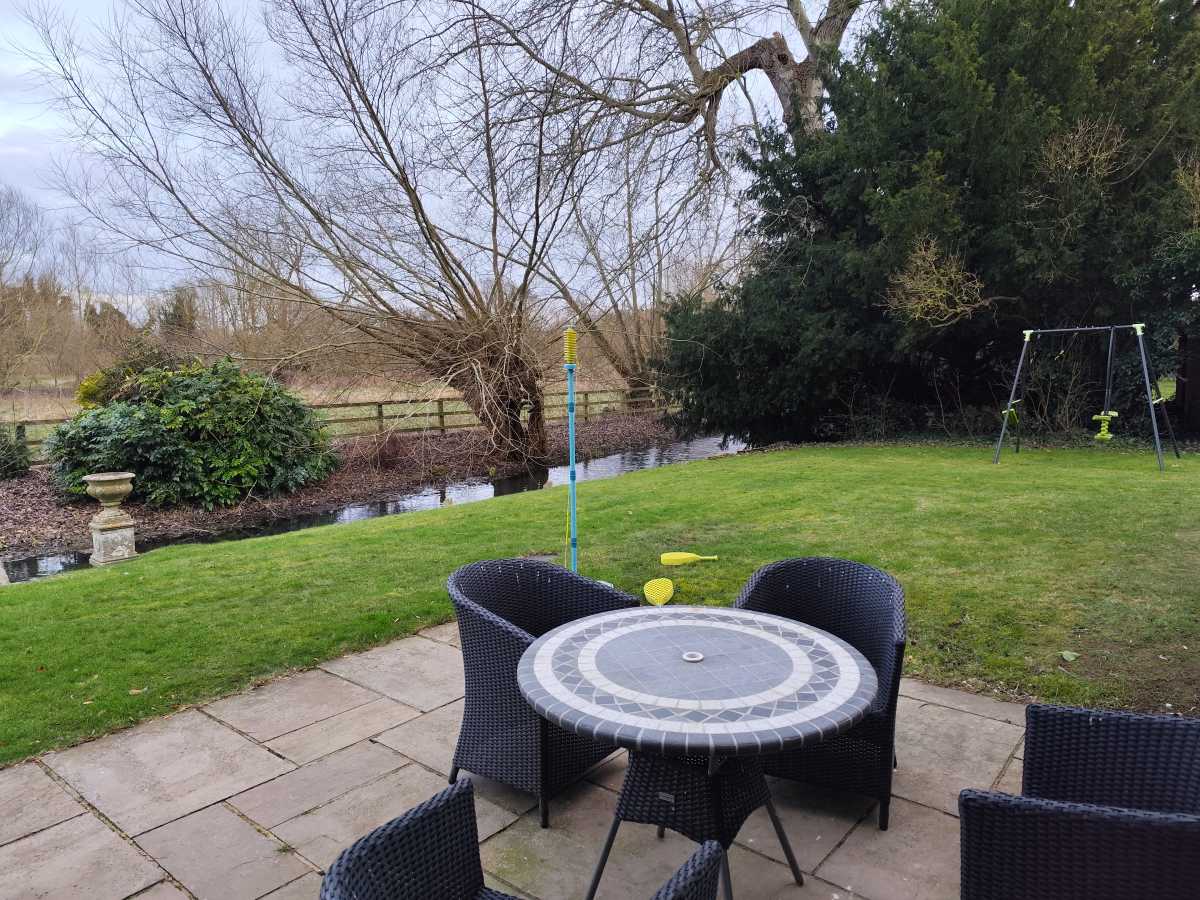




The macro camera (which is bizarrely accessed via the settings rather than the’more’ portion of modes) is terrible, like other 2Mp macros, and is mostly intended to increase the camera count. The limited resolution and fixed focus make it tough to capture anything meaningful.
At the front is a 16MP selfie camera (with a punch hole notch) that takes good photos in both standard and portrait settings.
When it comes to video, you can shoot up to 4K/30fps, but I recommend sticking with the usual 1080p option and setting it to 60fps for extra smoothness. The primary camera produces decent quality, due in part to its resolution and OIS (optical image stabilisation).
Battery Life & Charging
- 5100mAh battery
- 67W turbo charging
- Charger included
This is a strong area for the Redmi Note 13 Pro, and while not much has changed from the 12 Pro, I have few complaints.
The slightly bigger 5100mAh battery isn’t enough to make a huge impact, but I noticed that the Redmi Note 13 Pro can easily survive a day and almost two days.

It ran out soon after 9 p.m. on the second day, with mixed usage. If you want to spend a lot of time gaming and viewing videos, you’ll need to charge every night. Other two-day periods did not last until 9 p.m., so it is not a true two-day phone.
In our standard PCMark battery test, the Redmi Note 13 Pro lasted a respectable but not outstanding 11 hours and 55 minutes. It should be noted that the testing was done with the screen set at 120Hz, thus the dynamic mode would only slightly enhance battery life.
The Redmi Note 13 Pro can comfortably last a day of usage and almost make it through a second day
When charging speeds are as swift as Xiaomi’s, battery life becomes less of a problem. You can charge the phone from dead to 47% in 15 minutes and 87% in 30 minutes. A complete charge takes an additional 10 minutes, which is quicker than the claimed 44 minutes.
This is due to the 67W turbo charger that Xiaomi included in the box (at least in the UK), but the results are more spectacular despite the bigger cell. There is no wireless charging, which is not unexpected given the price.
Software & Apps
- MIUI 14
- Android 13
- Likely two years of updates
The Redmi Note 13 Pro runs MIUI 14 (not Hyper OS, as seen on the Poco X6 Pro), which is based on Android 13. Oddly, this is precisely what the Redmi Note 13 Pro arrived with; it’s a shame it doesn’t have Android 14 (the most recent version at the time of writing).
If you’ve never used MIUI before, it’s a bit of a mixed bag. It’s clearly better than it used to be, but it’s a far way from the sleek, user-friendly software of competitors like Motorola, Samsung, and Google.
There are several benefits to understanding and cleaning up the operating system with some patience and effort.
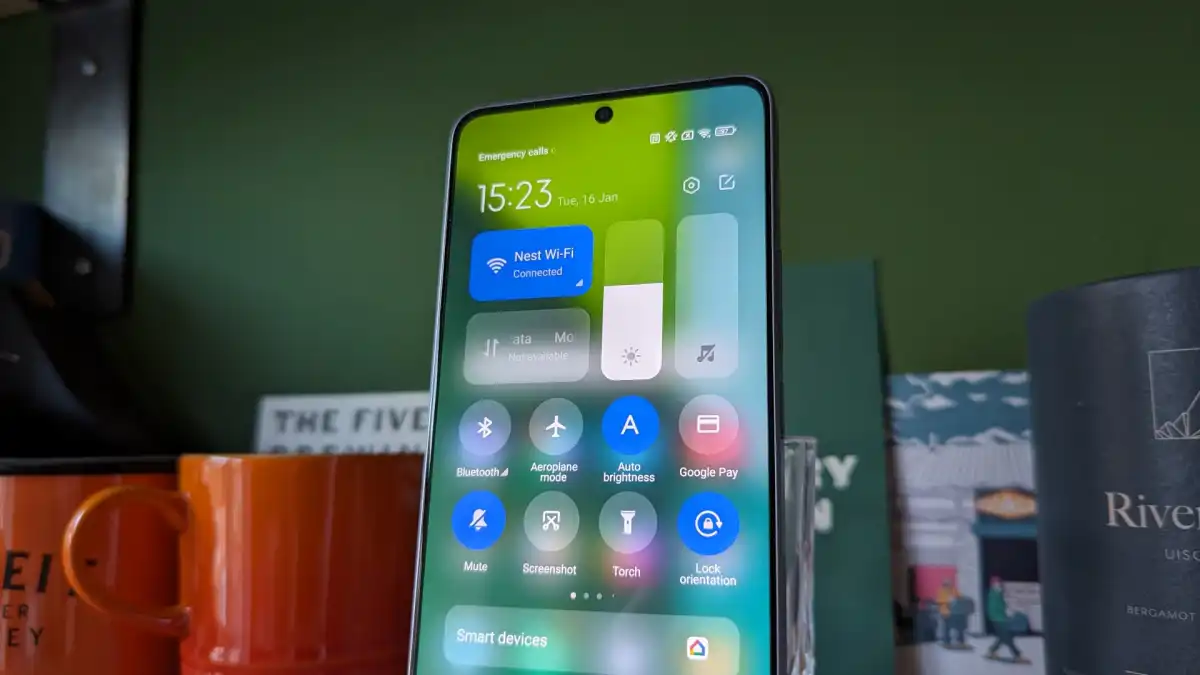
You may appreciate the split notification and fast settings panels which pull down from each side of the selfie camera, iOS-style. I enjoy the opportunity to change the lock screen image every time I hit the power button, however they are frequently accompanied by a link to a relevant story, so many are photographs of celebrities I don’t care about.
I really appreciate how the sides of the display light up to notify you of a notice, as well as the floating app function, which I discovered and took a long to figure out how to use again.
And that’s a fantastic metaphor for the software as a whole: MIUI contains a lot of innovative features, but you have to go look for them, which is difficult due to the overwhelming quantity of junk and settings.
There are a lot of clever features baked into MIUI, but you have to go and find them

The phone’s software update strategy is unclear, however Xiaomi’s support page states that “typically, we will maintain the security updates for at least 2 years after the first shipment of a certain device model”.
Some receive three years, but because this isn’t a flagship product, you may safely anticipate you’ll get two. If you want extended support, which is acceptable, consider Samsung and Google.
Price & Availability
There’s just one model of the Redmi Note 13 Pro available in the UK with 8GB of RAM and 256GB of storage.
It usually costs £339, but you can currently get one for £299 from Xiaomi and Amazon.
Xiaomi doesn’t officially sell its phones in the US, but you might find an international model on Amazon.
Specs
- Android 13 w/ MIUI 14
- 6.67in AMOOLED 120Hz flat display
- Underscreen fingerprint sensor
- Gorilla Glass Victus (front only)
- Qualcomm Snapdragon 7s Gen 2
- 8GB LPDDR4X RAM
- 256GB UFS 2.2 non-expandable storage
- 200Mp, f/1.65 main camera with OIS
- 8Mp, f/2.2 ultrawide camera
- 2Mp, f/2.4 macro camera
- 16Mp, f/2.4 front-facing camera
- Dual stereo speakers
- Dual-SIM
- 5G
- Wi-Fi 5
- Bluetooth 5.2
- IP54
- USB-C
- IR blaster
- Headphone jack
- 5100mAh battery
- 67W wired charging
- 161 x 74 x 7.98mm
- 187g
- Midnight Black, Aurora Purple, Ocean Teal


